A pair of traditional Maloleño arts is making a comeback, thanks to a handful of culture-bearers.
Burnished wood the color of coffee glistened under shafts of sunlight from that late January afternoon. The place had an earthen quality about it. Almost like a massive kiln, but cool and not searing. We were in Bistro Maloleño, expecting lunch, but instead were met with an assortment of crafting supplies.
The outside matters
On one corner, seated on a skirted table, was Naty Ocampo. She was surrounded by a heap of papel de hapon – a piece of which she clutched folded in one hand. Her other hand wielded a pair of scissors. Quietly, almost reverently, she snipped the excesses away. Soon, a delicate thing, nostalgic without even trying, started to bloom in her hands.
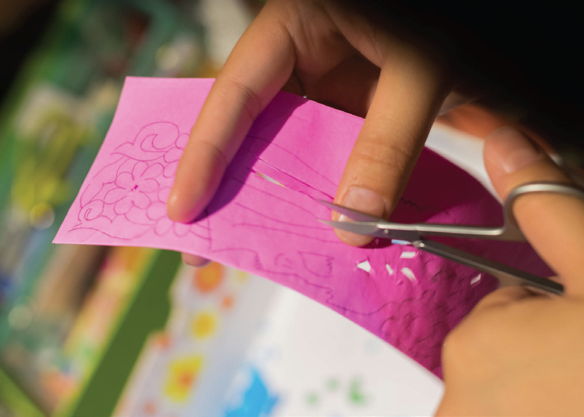
Ocampo was making pabalat – the intricate wrap of the local dessert made from sugar and milk called pastillas de leche. The dessert is a classic, popular even among early Filipinos. In fact, it was the Spanish-era upper class men known as Illustrados who brought about the birth of pabalat. Consuming pastillas can be a messy affair, so these well-educated men suggested the use of wrappers to avoid getting their delicate fingers sticky. It worked, and eventually, the art of pabalat – incidentally also known as borlas de pastillas, was born.
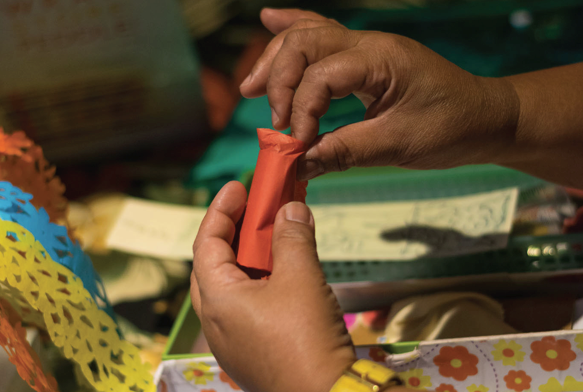
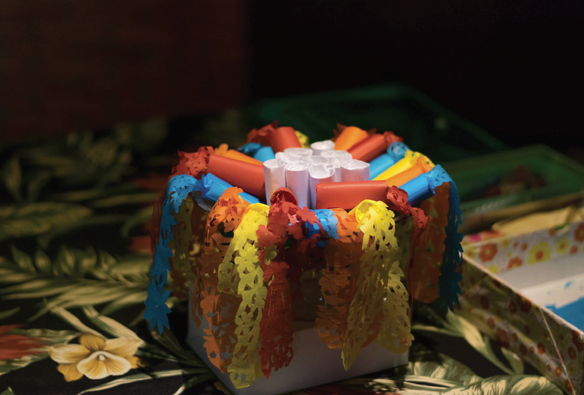
It is only in Malolos, Bulacan where, when it comes to pastillas de leche, both the outside and the inside matter. It is fascinating that making the wrapper is more difficult than making the wrappee. The former is more tedious, requiring patience and a steady hand. It begins at the crafting of a template. The design could be anything. It could be flowers, or trees, or even the outline of Maria Clara – the quintessential Filipina maiden. The template is then traced on papel de hapon using a pencil, or a pen. It is then followed by hours of trimming and snipping. The output is impressive. Elaborate; too pretty to simply be a wrapper. It is art – one that’s even more remarkable when you find out that, in the days of yore, pabalat was done freehand.
Ocampo’s mother Luz, from whom she learned the art, used to do it the old way, without a need for a template. The elder Ocampo learned the craft back when it was still part of the school curriculum, in her Home Economics class. There came a point when Luz was identified as the last maker of pabalat, and many feared the art would soon be extinct. But prudent as she was, she started making templates of her original designs – all of which are now trademarked. As a result, the work got less onerous, and passing on the skill became less of a task. It also helped that she had a daughter interested in safeguarding traditions.
“It is quite therapeutic,” Naty said in defense when someone commented on the craft’s laborious nature.
A locust of childhood
Therapy is also what Rheeza Hernandez thinks of her art. That and nostalgic. On the other side of Bistro Maloleño, she stands proud over a spread of brightly-colored trinkets. They are toys, she tells us while brandishing a small cubic object that was apparently a ball.
“When I was young, kids used to make their own toys,” Hernandez recalls. “This is how we made our toys.”
She was referring to puni – the leaf-weaving art of Malolos. Like pabalat, puni is embedded deep in the lives of Maloleños. Houses used to be decorated by this handicraft. It used to adorn streets during fiestas. And, indeed, it was how local children spent most of their playtime.
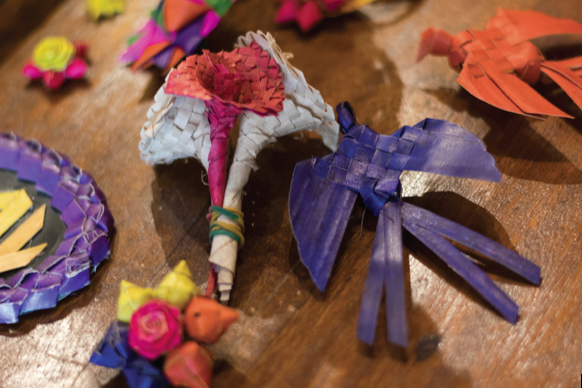
But even before the advent of gadgets, puni had lost its appeal. Why entwine dried palm leaves when one could just grab a basketball, or a doll? Soon enough, only a few knew about the art form.
To Hernandez, reviving the art meant preserving both her town’s heritage and her own. Letting the art be forgotten was akin to letting a piece of her childhood die – the last thing she wants. So along with her group Puni de Malolos, she blazes through this modern age, reintroducing the craft to the current generation. Reception has been largely positive. Her group recently made hundreds of puni doves as a commemorative piece for a major ASEAN event. She’s been working with schools, holding talks and seminars. They’ve also been reinventing the art itself, crafting wearable pieces like pins and jewelry – things that could eventually be sellable.
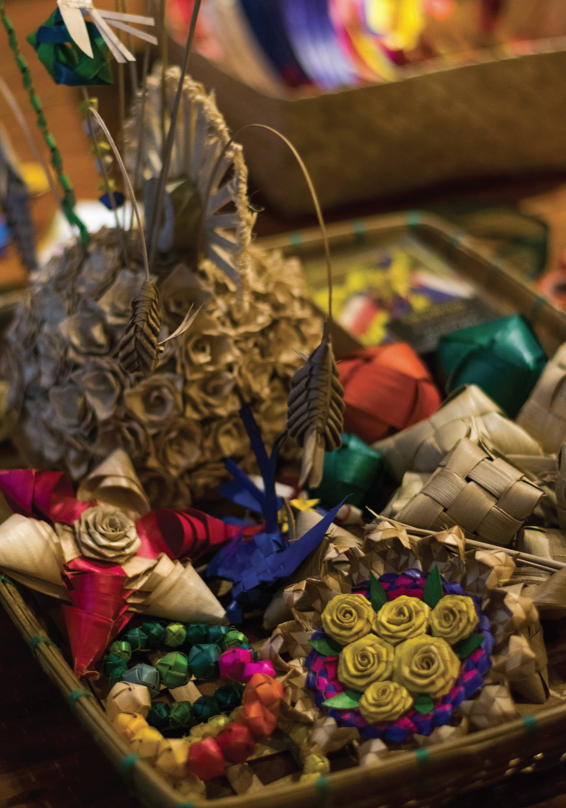
Carrying the torch
People like Ocampo and Hernandez keep the hearth of Malolos’ culture aflame. And they are exactly what a town like Malolos needs. That afternoon in Bistro Maloleño, amongst burnished wood and age-old tales, the embers of traditions are fed anew. Igniting again. Burning, perhaps, for another era or two.
For more information about pabalat, check out the Special Pastillas Wrappers Facebook page. Head over to Puni de Malolos, also on Facebook, to know more about leaf-weaving.
By CELINE MURILLO






